|
It's been a while since I have posted an update on my experiments with my pyramid haystack system. I've been working with beefing up the haystack frame with cedar posts, and covering the stack with used billboard tarps. To follow the whole thread, you can start at the first haystack blog post. For this update I posted three new videos on YouTube showing how I build up my pyramid haystacks. I also have the videos posted at the bottom of this blog entry. Over the years I have often been asked how I get the shape of the stack to come out so well. It seems to be something people are having trouble with. Like many of my previous scythe videos, I don't shy away from showing how the work gets done in real time, so I don't speed up the footage. My intent is to give a realistic sense of the time and amount of work involved. But don't worry, my Siamese cat does his best to keep you entertained!
2 Comments
Practicing on Strips of Sheet Metal When you get your first scythe, it can be very intimidating to hammer away on your expensive new scythe blade in order to sharpen it. Most of us have had some, or even a lot of experience with hammering nails, but peening, namely hammering metal to thin it out, is a completely new experience, and a rather strange concept. Berhard Lehnert suggests in his book on peening, called Dengeln, that you can practice on scrap pieces of metal banding strips before trying your hand at peening your scythe blade. I tried that out, but the banding strips I had access to where made of a very hard steel, and I found peening them to be a rather miserable experience. My scything friend Monica, who also read Lehnert's book, did some research and experiments, and discovered that the 22 gauge sheet metal commonly available in hardware stores were made of a steel just a little softer than our European scythe blades, and could be cut into strips for peening practice. She was kind enough to send me a couple of strips to try out. To my delight, I found that practicing peening on these strips of sheet metal was actually quite fun! I really enjoyed it.
A scythe can be used to mow along and under electric fences, to keep the tall grass from shorting out the wires. You have to be very careful not to hit the metal fenceposts, however. Most cracked scythe edges that I hear about, are from people trimming along fence lines and hitting either metal fenceposts, or wire. Keeping your edge very sharp, enables you to mow with much less force, so you can be more slow and precise when nearing a fence post. If you wish to gather up the fresh cut grass for feeding back at the barn, or if you wish to make hay with it, it's best to mow from right to left along the fence, (standing with right shoulder towards the fence) so that your windrow ends up away from the fence. You can then rake it up and put it in a garden cart, and haul it away. Or, if you want to make hay out of it, spread it out in place, and ted it until dry before hauling it away. For feeding it fresh to the horses, you can mow from the left end of the fence line to the right (standing with left shoulder towards the fence) as in the video below, so that your windrow ends up on the other side of the fence, so the horses can eat it fresh from their side of the fence. Two boys spend the day with their grandfather, scything hay. Everything is very idyllic, until a loud and obnoxious guest arrives. Handmowers / Intro from corey hendrickson on Vimeo. 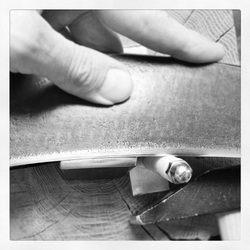 Peening a scythe blade. Peening a scythe blade. The first Sunday of April has been officially dubbed International Peening Day, by the Scythe Association of the British Isles. The idea was originally conceived by Steve Tomlin, to encourage people to take the time to properly prepare their scythe blades for the upcoming mowing season. Even better is when people gather in small groups, to share their knowledge and experience. It falls on Easter this year, April 5th.1SR Scythe Instructor Andy Graybeal is hosting such an event in Coolville, Ohio. Andy will help those who need assistance getting their blade sharp. Starting at noon. Rain or shine. Contact Andy at [email protected], if you want to attend, or register on Facebook at https://www.facebook.com/events/928546020509355/ I will be hosting an event in Minnesota, near Hastings. Contact me at [email protected], or call 651-604-7090 if you wish to attend. Bring your scythe blade, whetstones, and whatever peening gear and stump you have. If you participating in the international event, either in groups or on your own, you are invited to share pictures with Steve Tomlin https://stevetomlincrafts.wordpress.com/2015/03/08/international-peening-day-2015/ - Botan Anderson 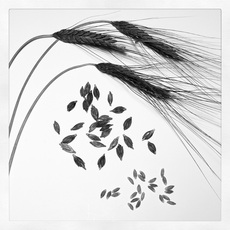 Black Winter Emmer Black Winter Emmer Ever wonder how to get the hulls off of your homegrown Einkorn and Emmer, so you can eat them? I have heard of this solution, but I haven't tried it yet. Here is a video on YouTube of a simple way to do it. At 1:00, notice that a thick, flat rubber ring has been mounted over the main steel plate of a Corona or Porkert grain mill. The other steel plate is left bare. The grain heads are cut off the stems, and then run through the grinder. The plates need to be adjusted for firm, but not crushing pressure. As you turn the crank, the metal teeth of the steel plate, rubs the hulled grain against the rubber plate, and the friction rubs the hulls apart. Then the grain is separated from the chaff, by winnowing it in the wind. On an even smaller scale, you can use the ancient method of toasting the hulls in a frying pan until very dry, then crushing the hulls with a mortar and pestle, and then winnow in the wind to separate the grain from the chaff. - Botan Anderson A History of Harvesting Grains, from the Scythe to Gigantic Modern CombinesWhile it's amazing what a $500,000 combine can do, how does a small acreage farmer homesteader grow and harvest their own grain? Even small walk-behind combines cost a fortune. From 4:40 to 14:14, the above documentary shows how grains used to be harvested by hand, with a scythe and a flail. There is some good historical footage in this video. While the modern reenactment was done when the grain was at peak ripeness, the narrator explains at 6:55 that grains were traditionally harvested with a scythe before peak ripeness, so fewer grains would get knocked loose while harvesting. Then the grain was tied into sheaves and stacked in the field, in shocks, to finish ripening. Modern combines harvest wheat at complete ripeness.
|
Botan AndersonArchives
March 2023
Categories
All
|
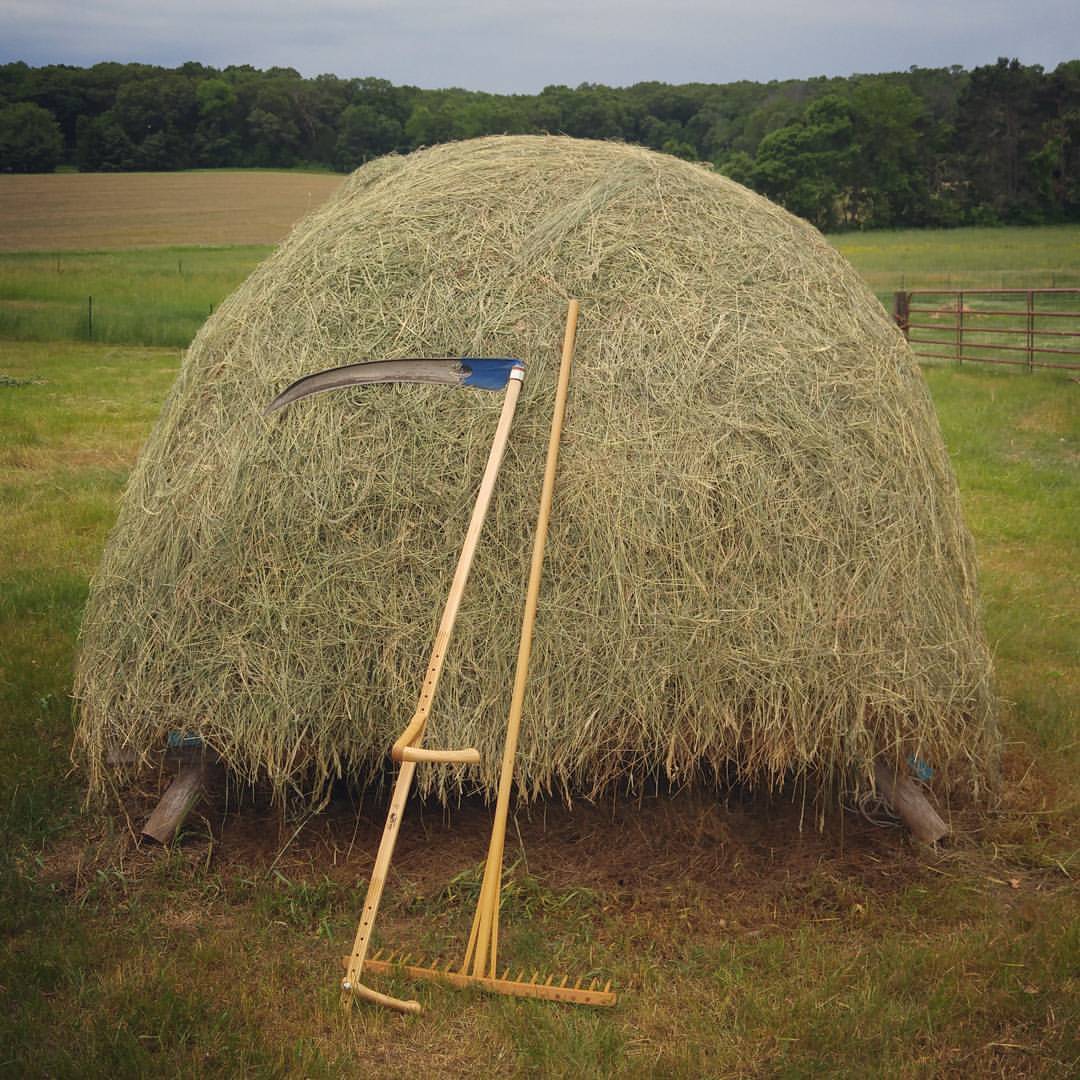
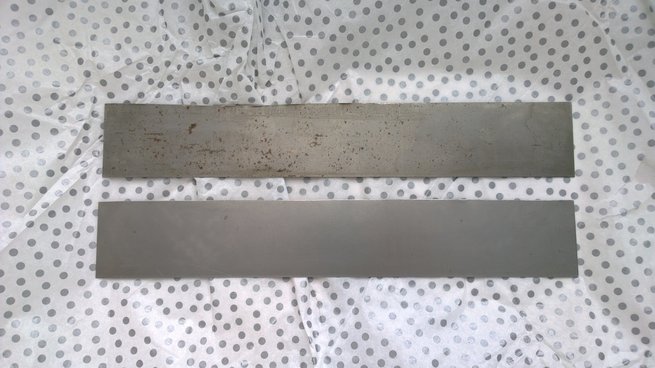
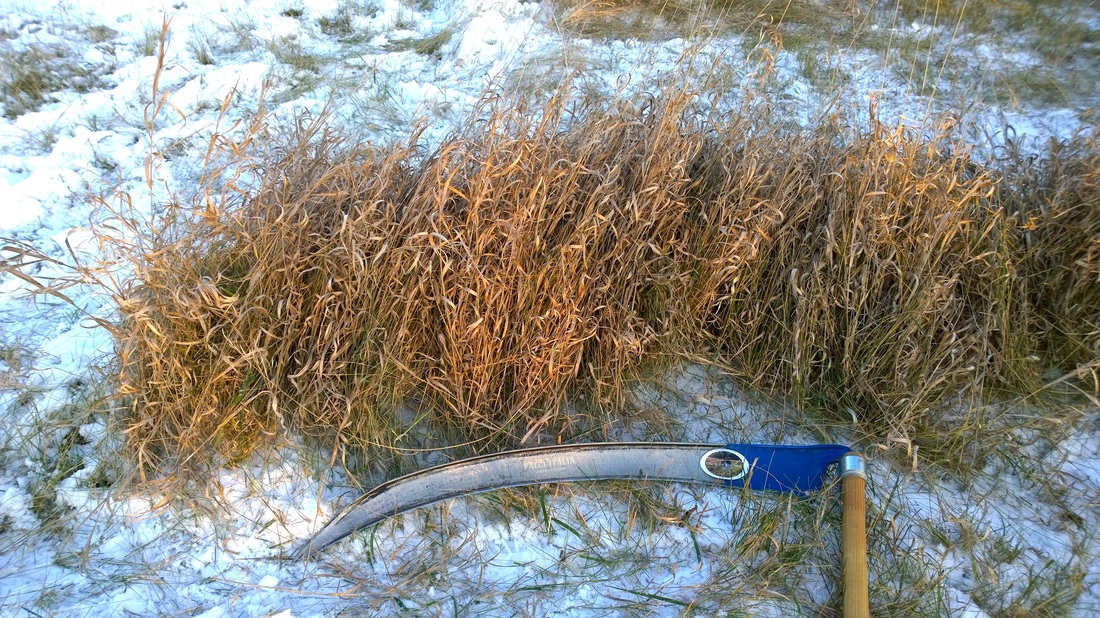
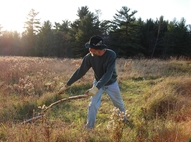
 RSS Feed
RSS Feed